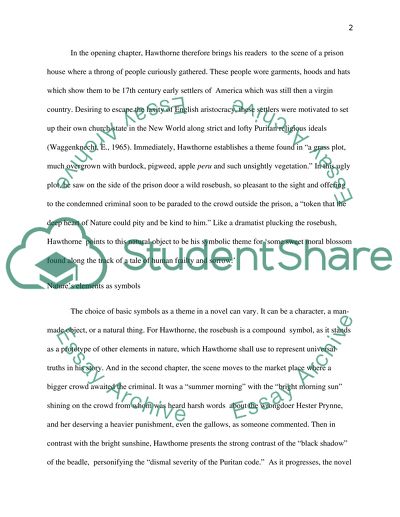Cite this document
(“Nathaniel Hawthornes Use of Nature in Scarlet Letter Research Paper”, n.d.)
Nathaniel Hawthornes Use of Nature in Scarlet Letter Research Paper. Retrieved from https://studentshare.org/literature/1462333-the-use-of-the-elements-of-nature-in-nathaniel
Nathaniel Hawthornes Use of Nature in Scarlet Letter Research Paper. Retrieved from https://studentshare.org/literature/1462333-the-use-of-the-elements-of-nature-in-nathaniel
(Nathaniel Hawthornes Use of Nature in Scarlet Letter Research Paper)
Nathaniel Hawthornes Use of Nature in Scarlet Letter Research Paper. https://studentshare.org/literature/1462333-the-use-of-the-elements-of-nature-in-nathaniel.
Nathaniel Hawthornes Use of Nature in Scarlet Letter Research Paper. https://studentshare.org/literature/1462333-the-use-of-the-elements-of-nature-in-nathaniel.
“Nathaniel Hawthornes Use of Nature in Scarlet Letter Research Paper”, n.d. https://studentshare.org/literature/1462333-the-use-of-the-elements-of-nature-in-nathaniel.


